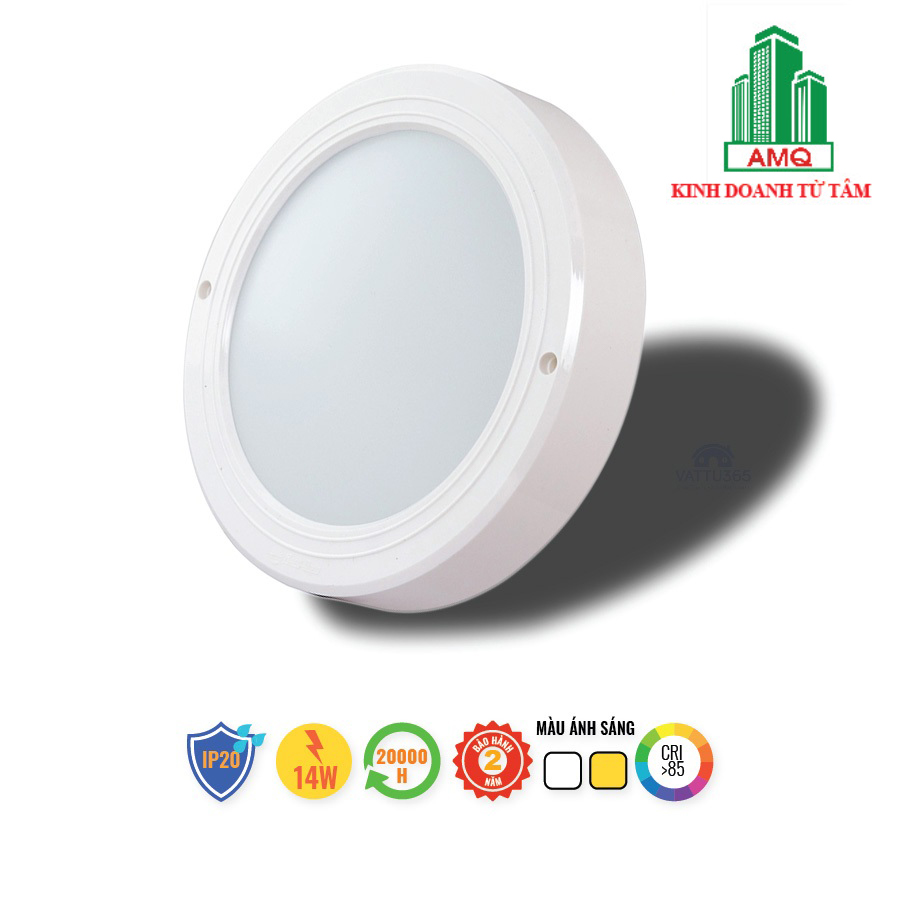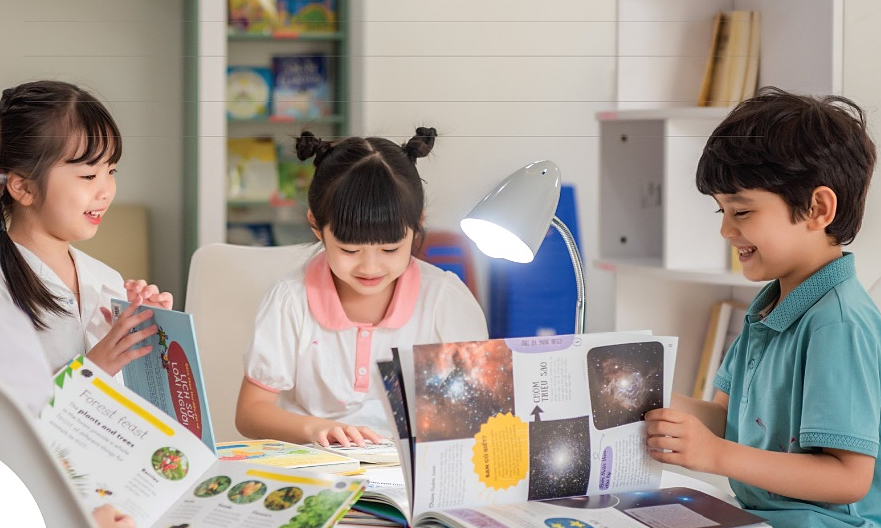Light plays a crucial role in human life. With advancements in science, researchers have discovered the effects of light on mental well-being and work performance. Accordingly, appropriate lighting can improve aspects such as concentration, alertness, creativity stimulation, and overall work efficiency.
Light sources emitting blue light include natural sunlight and artificial light, which are the primary factors keeping us awake. Blue light suppresses melatonin—a natural hormone that regulates the human circadian rhythm (sleep-wake cycle). According to experts, exposure to blue light at the wrong time, especially before bedtime, can result in poor sleep quality and morning fatigue.

Phenikaa Healthaa is a high-quality lighting product in Vietnam, designed based on new human-centric lighting (HCL) standards.
As a result, understanding and designing lighting based on circadian rhythms have become increasingly important, providing solutions to create spaces where light positively impacts both physical and mental health, according to lighting experts at Phenikaa Group.
To achieve flexible lighting effects in alignment with the human biological rhythm, modern generations of LED lights have incorporated Human Centric Lighting (HCL) technology—a new lighting concept focused on human well-being. This concept aims to create artificial light that closely resembles natural light, with a primary focus on health, activity efficiency, and fulfilling the lighting needs of modern life.
LED light indicators affecting health
The impact of LED lights on humans largely depends on how light is arranged within a space. Discussing this matter, designer Luu Viet Thang, Deputy Head of the Department of Interior and Exterior Decoration at the University of Industrial Fine Arts, stated: "Higher light intensity and cooler color temperatures provide more energy, enhance performance, and increase alertness. This type of lighting is beneficial during midday. For projects requiring higher investment and precision, the Color Rendering Index (CRI) is also a crucial factor when selecting lights. The higher the CRI, the more accurately colors are represented."

Phenikaa Healthaa LED lights offer exceptional light quality, delivering true-to-life colors with a high CRI and R9 color rendering index.
Besides the commonly found product specifications, modern HCL LED lights are also introduced with biological light indicators such as the Melanopic/Photopic (M/P) ratio. Essentially, the higher the M/P ratio of a light source, the stronger its biological effects, making it more similar to natural light. In reality, the M/P ratio of sunlight reaching the human eye at noon is approximately 1.09.
Phenikaa Healthaa LED lighting solutions for well-being
To enhance work productivity, improve learning efficiency, and create a comfortable living environment, researchers and lighting experts at Phenikaa Group have focused on developing light sources that closely mimic natural light in Phenikaa Lighting’s LED products.

Utilizing Phenikaa Natural TrueCircadian lighting technology with a CRI of 95+/100 and an R9 index of 95/100, Phenikaa Healthaa LED lights provide superior color accuracy akin to natural light.
Among these, Phenikaa Healthaa LED is a high-quality lighting product designed based on the latest human-centric lighting standards. With a high biological light ratio (Melanopic/Photopic) of ~1.04 - 1.18—ranking among the top health-focused lighting products on the market—it positively impacts visual and mental well-being while supporting the body's natural circadian rhythm. According to Phenikaa Lighting representatives, this premium LED product line enhances light efficiency, optimizes focus activation, reduces visual fatigue and stress, and helps prevent early macular degeneration and other eye-related conditions.
Phenikaa Healthaa LED lights are also preferred by architects for use in educational environments, such as schools, lecture halls, and libraries. In addition to safe and eye-friendly lighting indicators, these products are designed with daylight white light (5700K), promoting high concentration, increased alertness, creativity stimulation, and improved productivity in both work and study settings.







